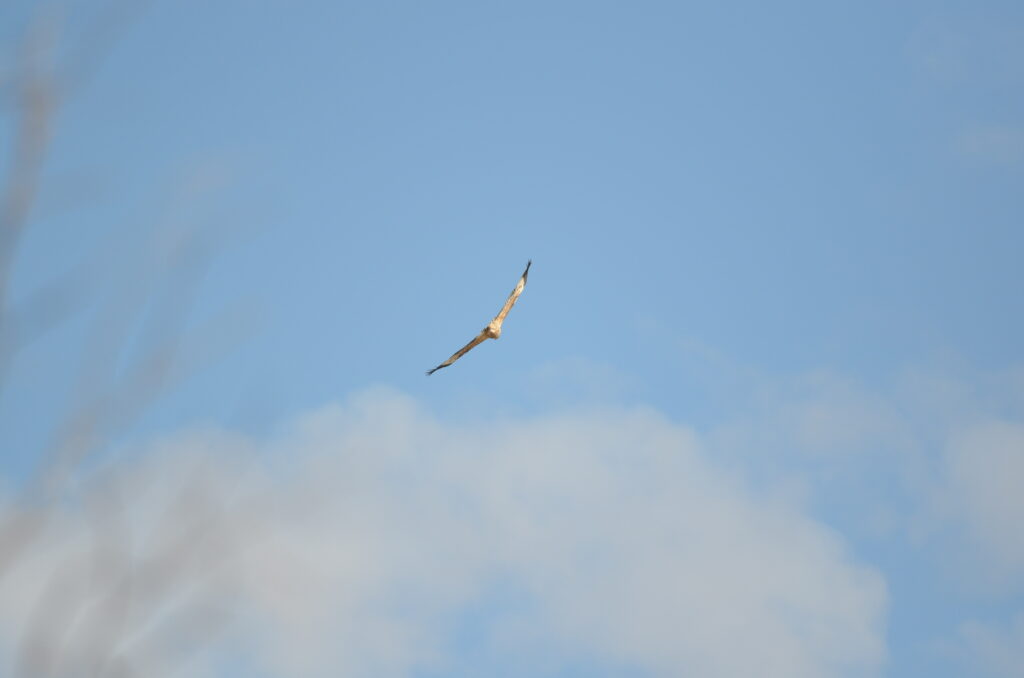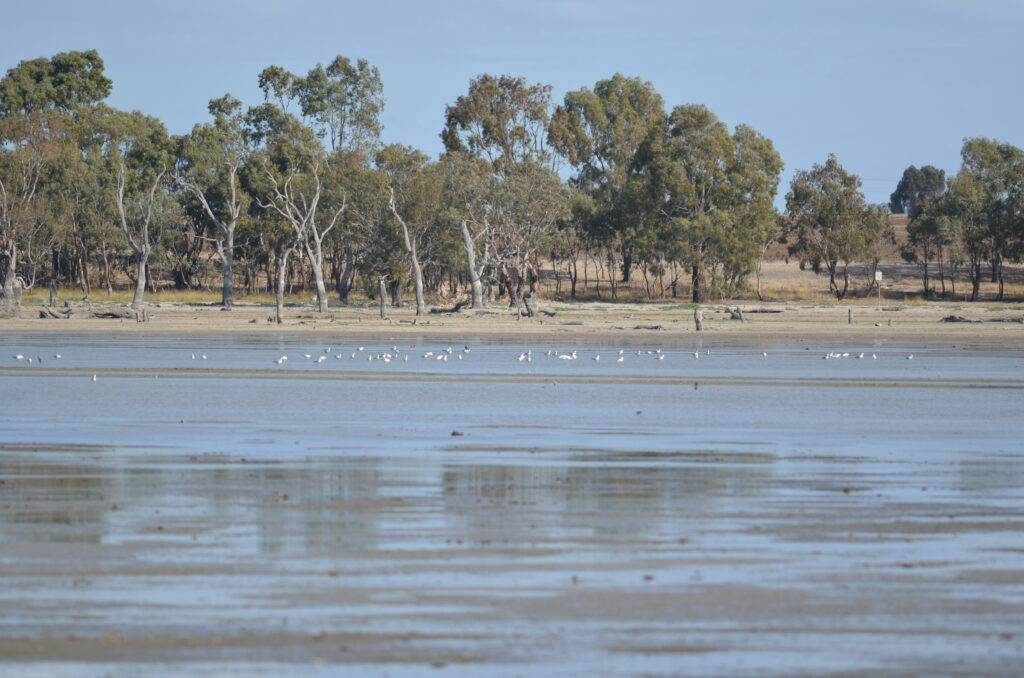Low Waters, but High Hopes at Dock Lake
Dock Lake May 2025 Bird Survey

Immature sea-eagle in flight at Dock Lake
📸 Jonathon Starks
Date: 25 May 2025
Overview
Water levels continue to recede, exposing wide sandbanks and lakebed, especially along the northern and western edges. These changes allowed access to birdwatching points without disturbing the wildlife, though the original six survey sites were no longer clearly defined. Rather, birds were observed from two main vantage points:
- Northern side (formerly Site 6, near the boat launch)
- Southern side (formerly Site 4)
Bird Populations
Despite the declining water levels, 417 birds across 15 species were recorded.
Key Observations:
- While Grey Teal remained present, the Silver Gull surprisingly emerged as the most numerous species.
- Three Red-necked Stints, small migratory shorebirds from the Palaearctic region. These are likely juveniles overwintering in Australia, as they typically do not migrate in their first year.
- Two immature White-bellied Sea-Eagles were observed—distinct from the adult individuals seen in earlier surveys. Their presence suggests successful local breeding of this threatened species, a hopeful sign for regional conservation!

Silver Gulls at Dock Lake
📸 Jonathon Starks
Summary Table
| SITE | 1 | 2 | 3 | 4 | 5 | 6 | Total |
| Australian Pelican | 5 | 5 | |||||
| Australasian Shoveler | 1 | 1 | |||||
| Australian Shelduck | 40 | 40 | |||||
| Black-fronted Dotterel | 3 | 3 | |||||
| Black-winged Stilt | 3 | 3 | |||||
| Grey Teal | 127 | 127 | |||||
| Masked Lapwing | 3 | 14 | 17 | ||||
| Red-capped Plover | 52 | 52 | |||||
| Red-kneed Dotterel | 7 | 7 | |||||
| Red-necked Stint | 3 | 3 | |||||
| Silver Gull | 142 | 142 | |||||
| White-bellied Sea-Eagle | 2 | 2 | |||||
| White-faced Heron | 2 | 2 | |||||
| White-necked Heron | 5 | 5 | |||||
| Yellow-billed Spoonbill | 8 | 8 | |||||
| TOTAL | – | – | – | 171 | – | 246 | 417 |
Conclusion
While species diversity remains relatively high, the overall decline in bird numbers at Dock Lake is a clear correlation to the declining water. We will continue to monitor and track species and changes.
**Strict hygiene measures are in place to prevent contamination*




